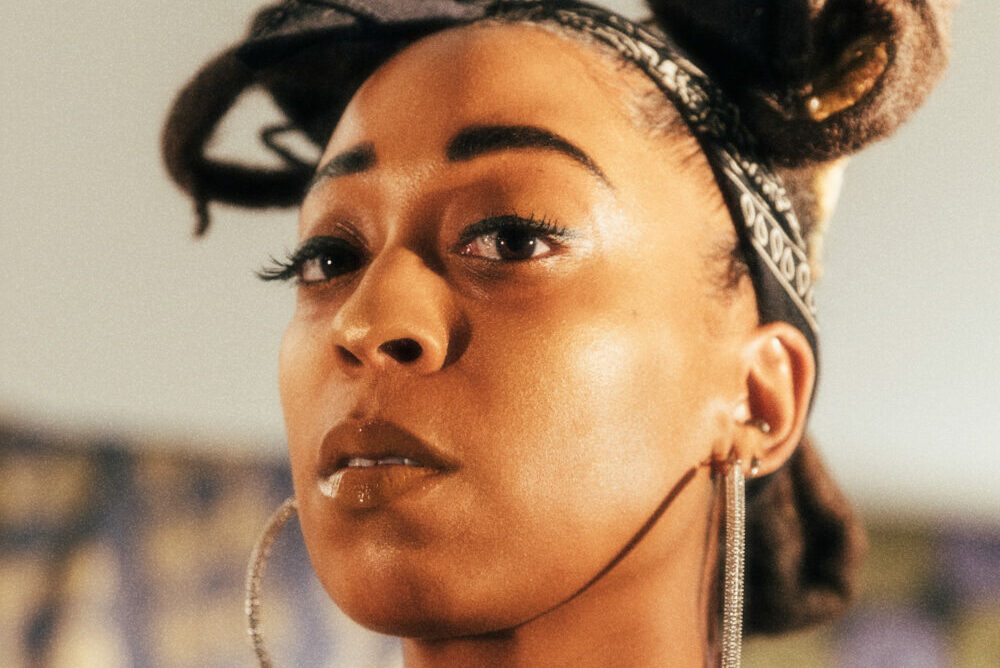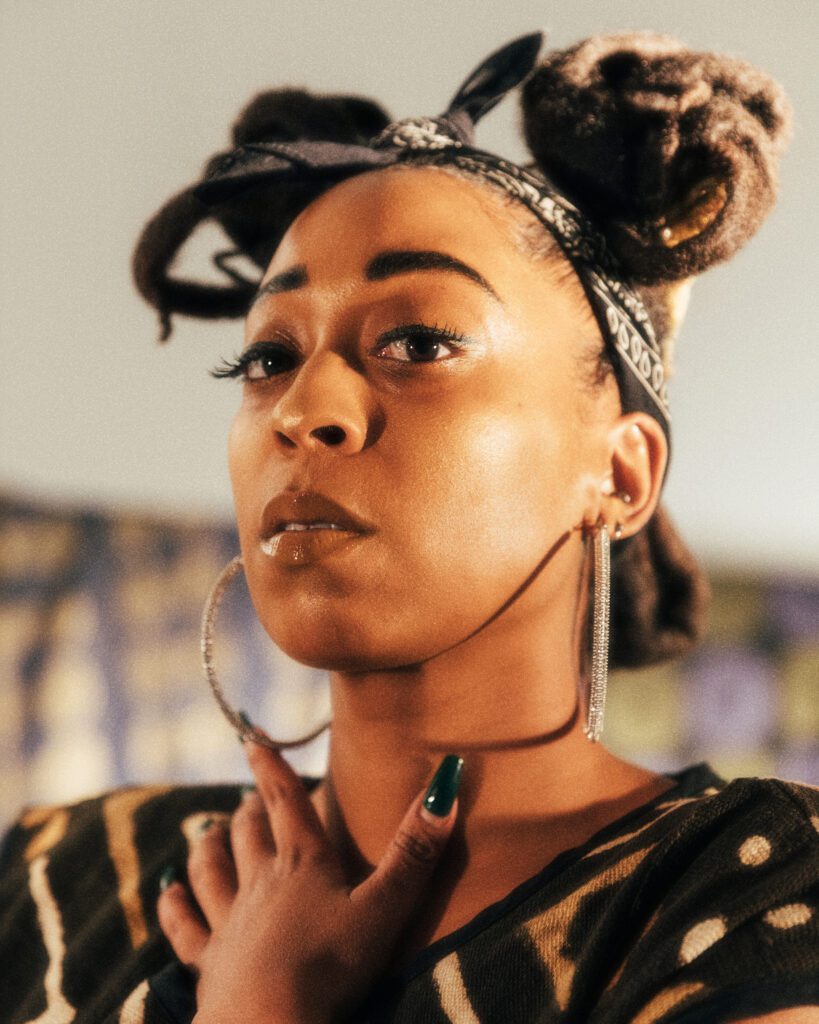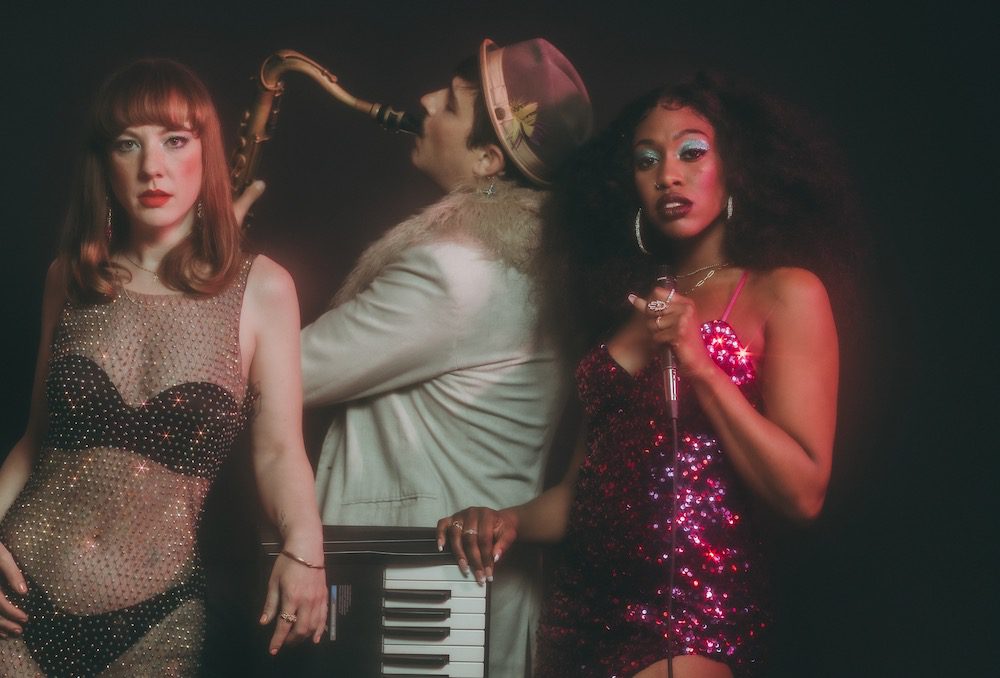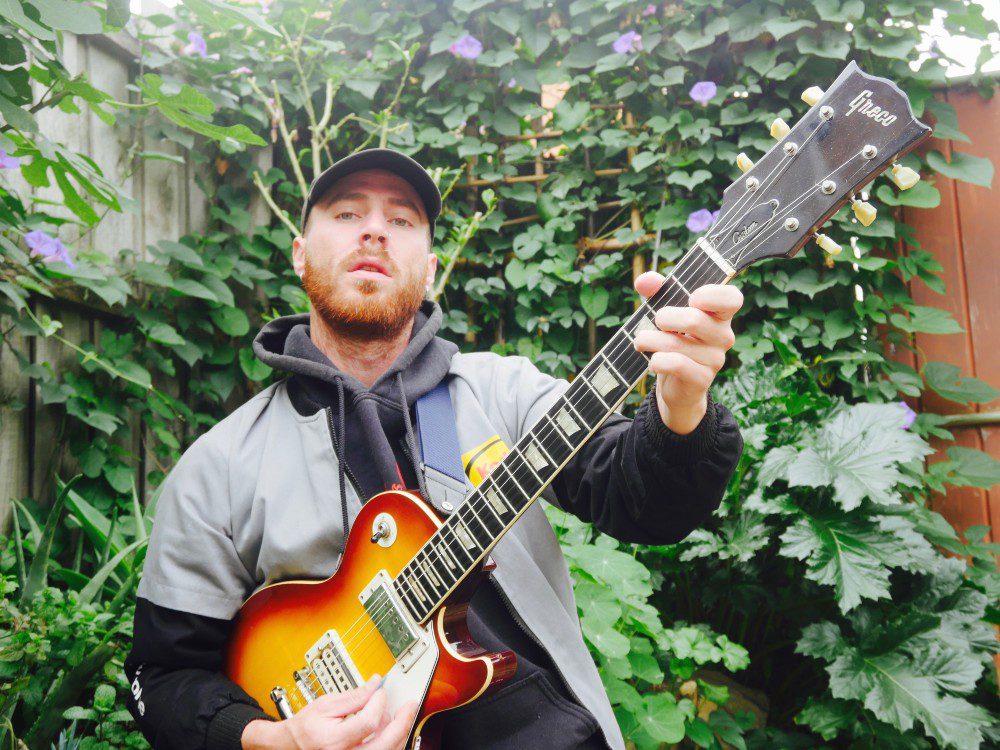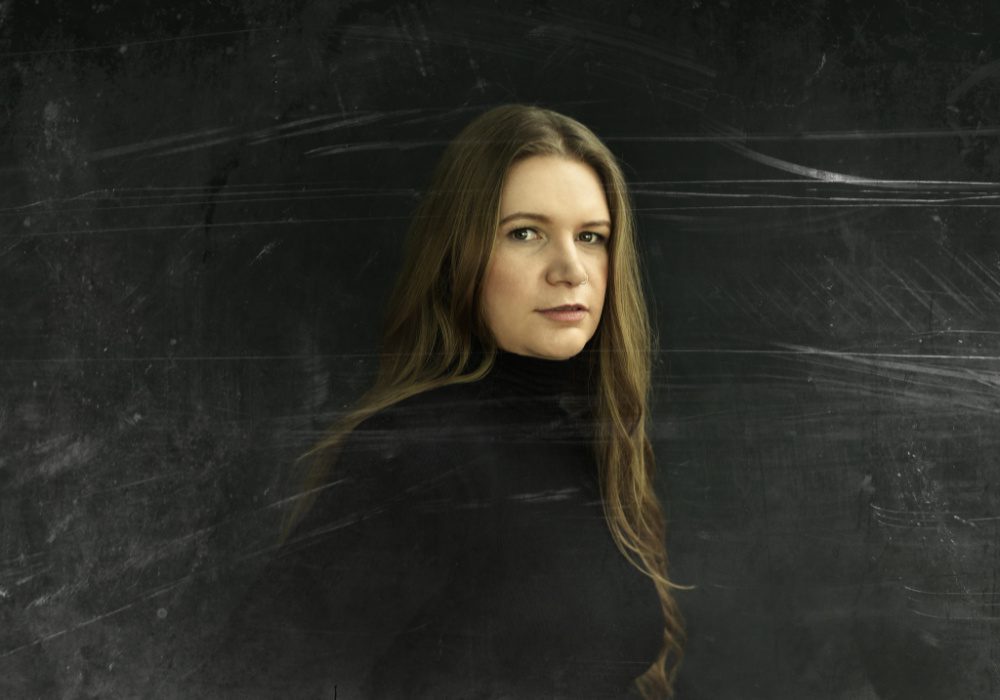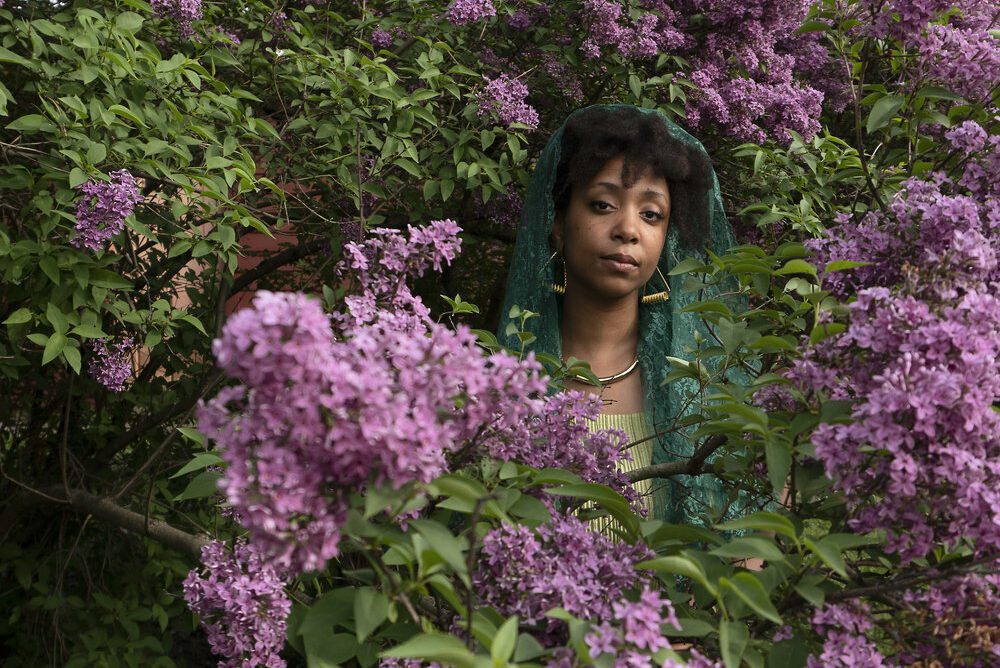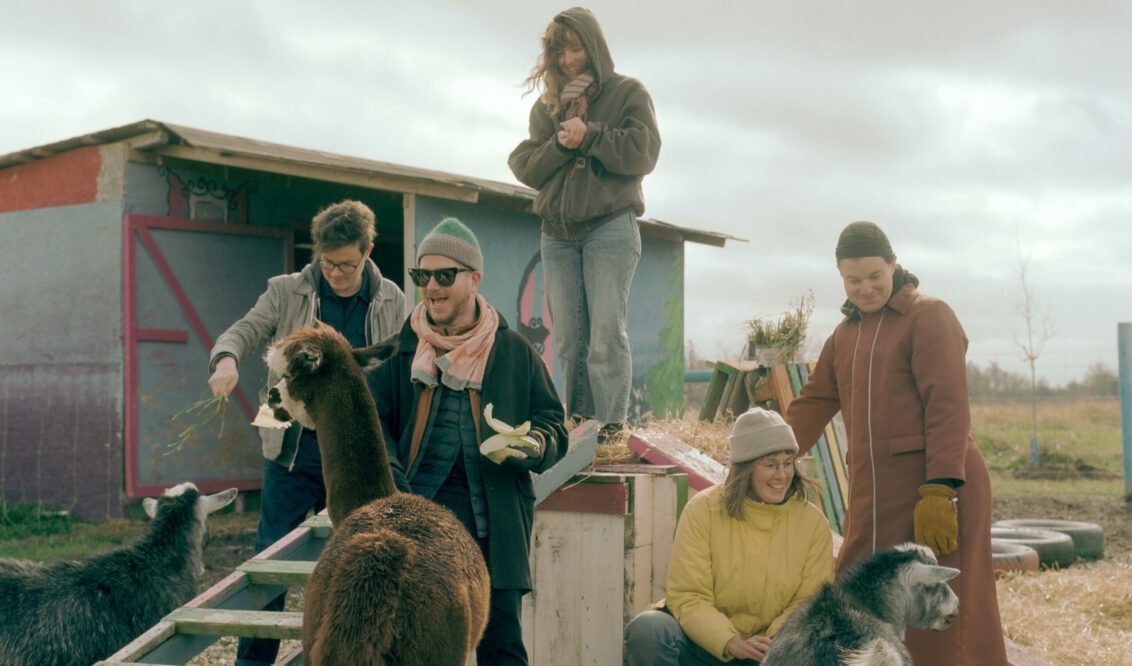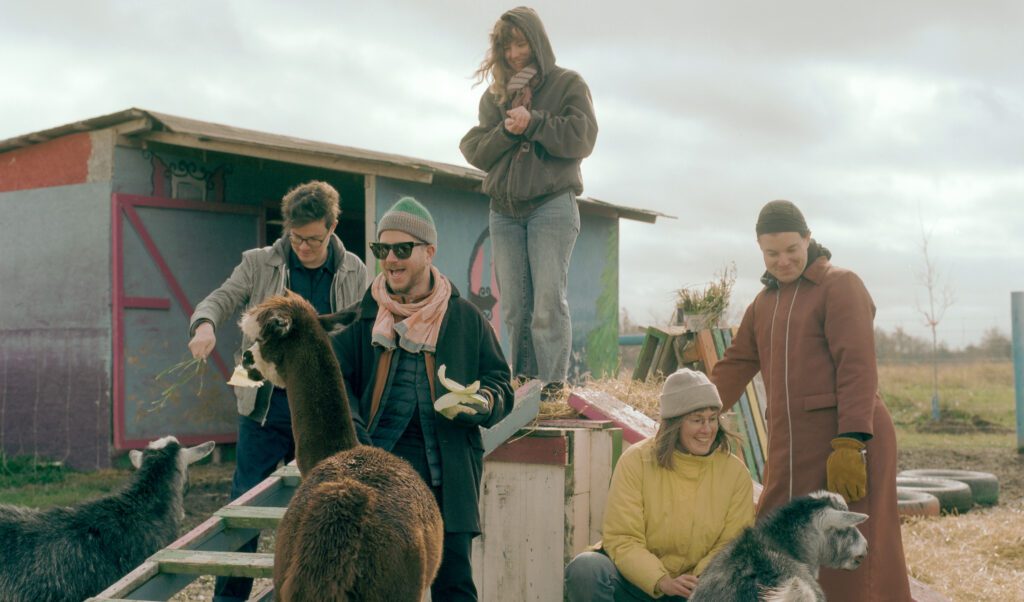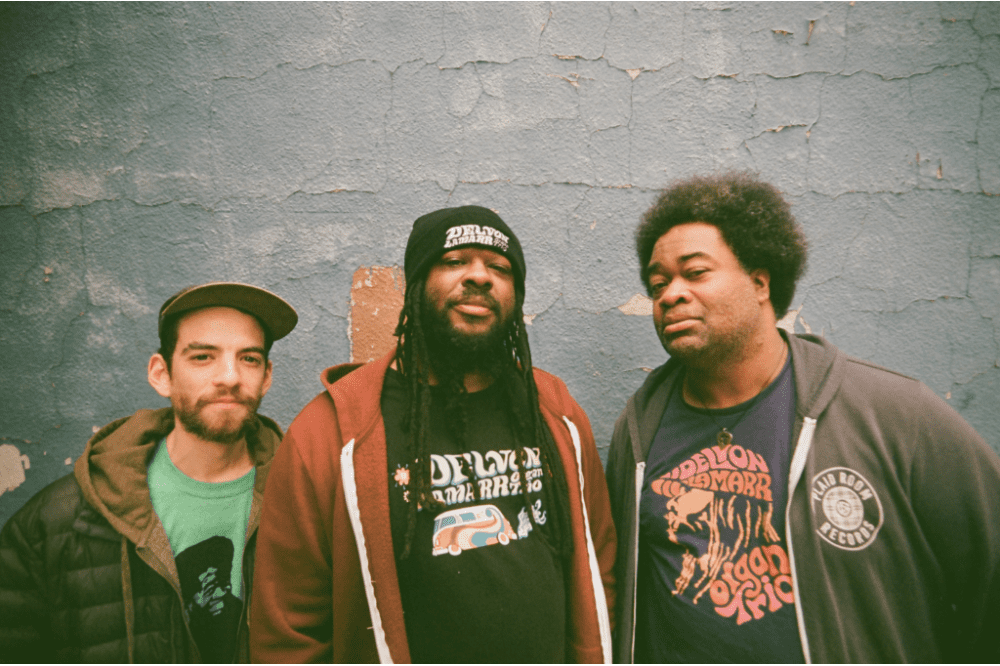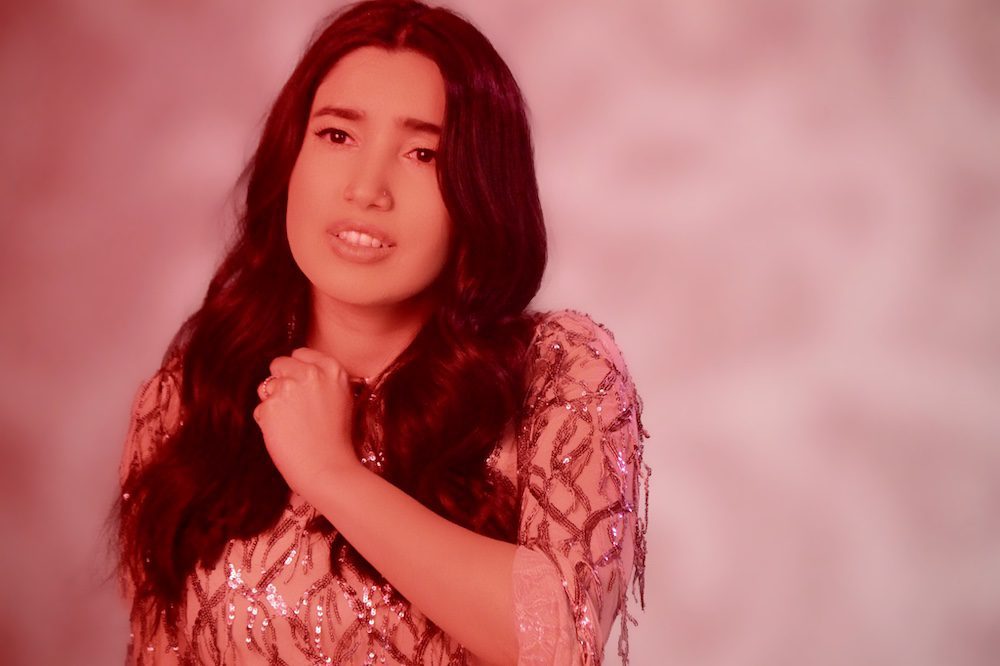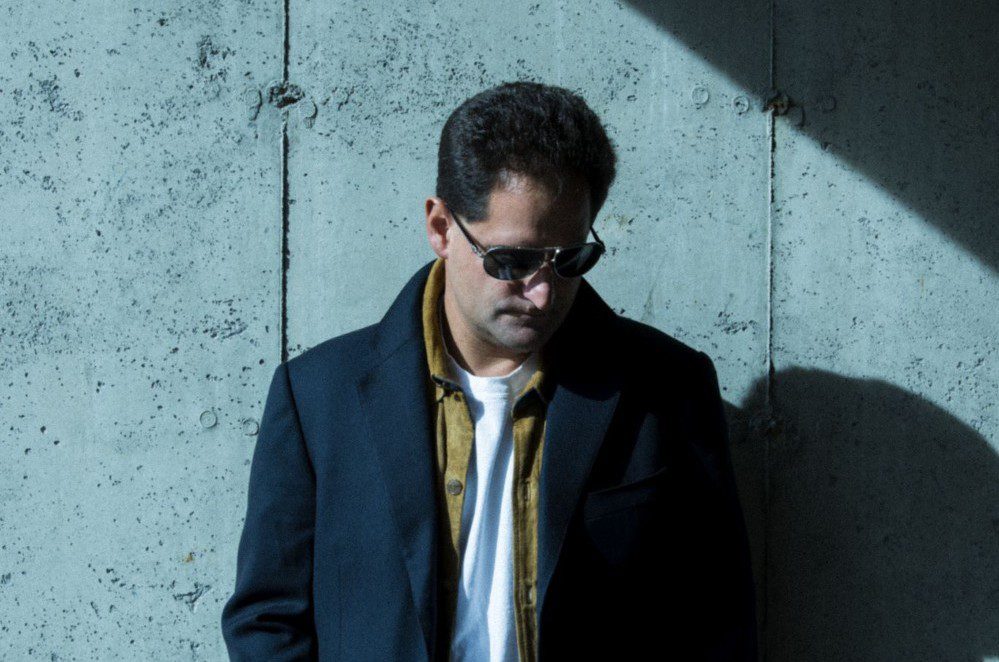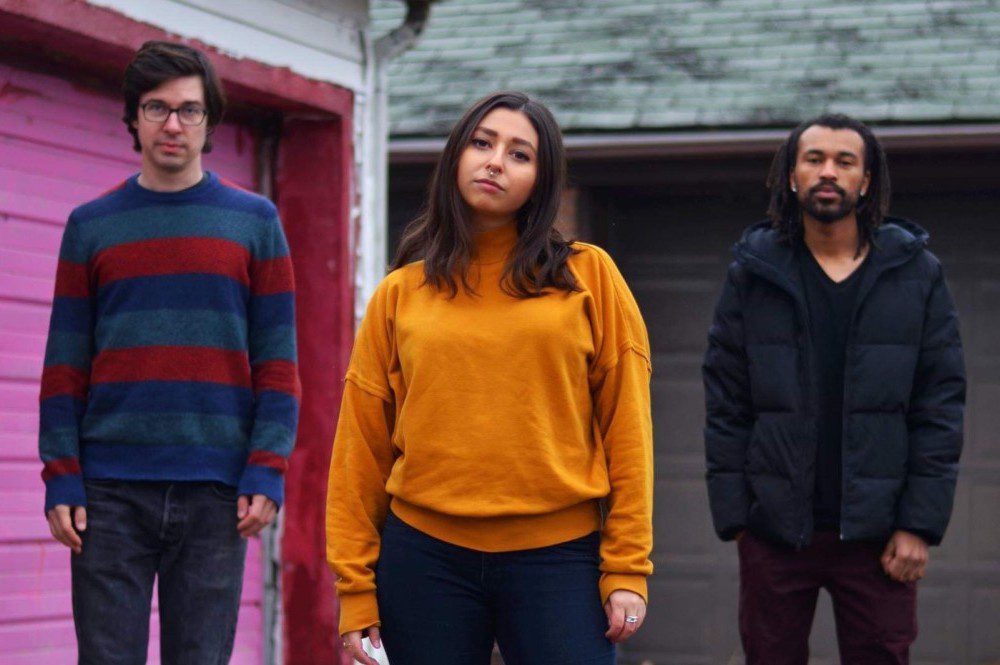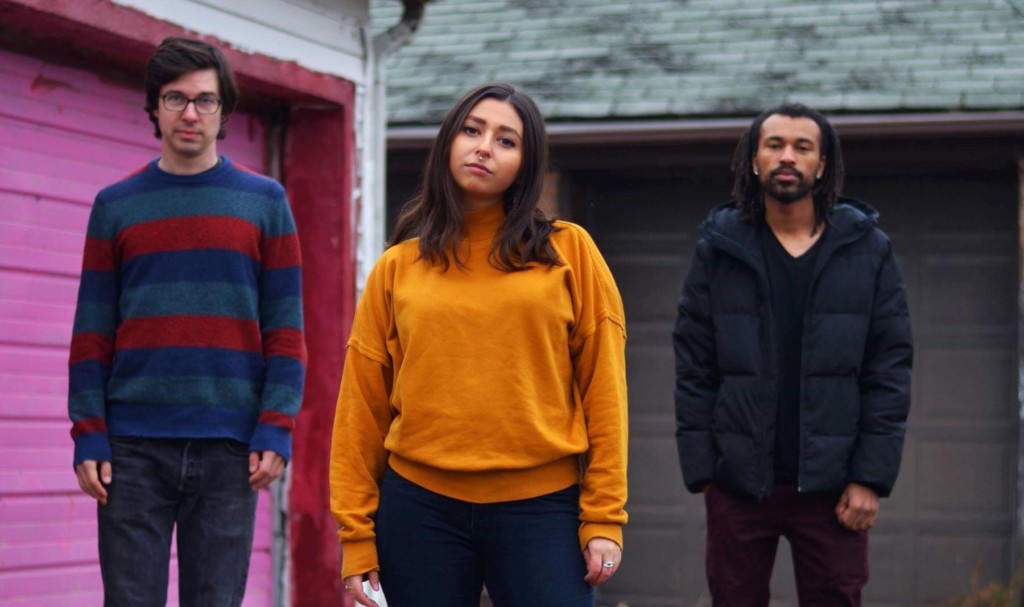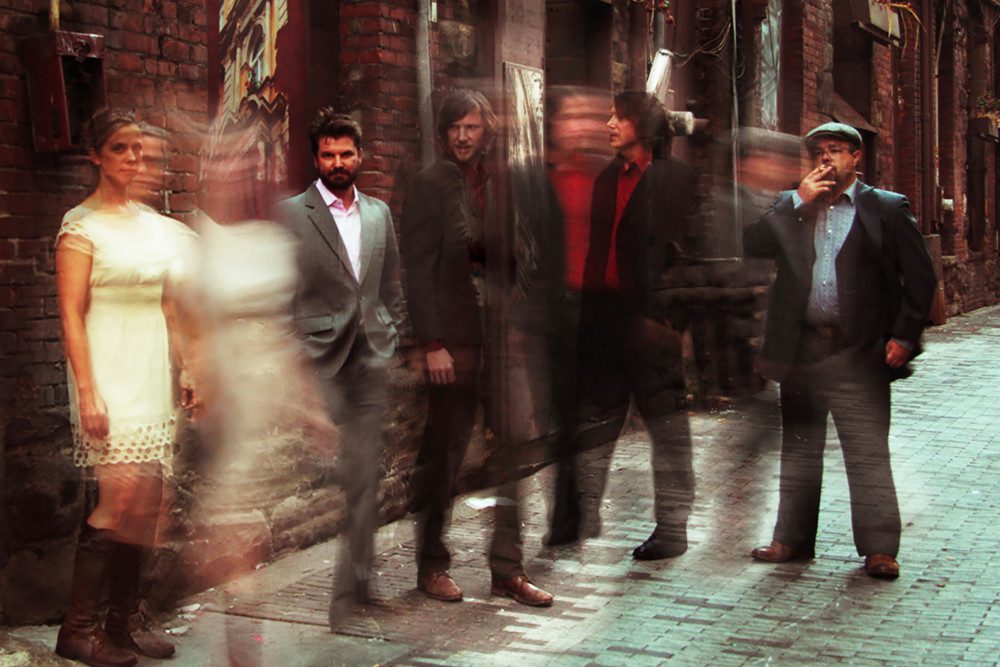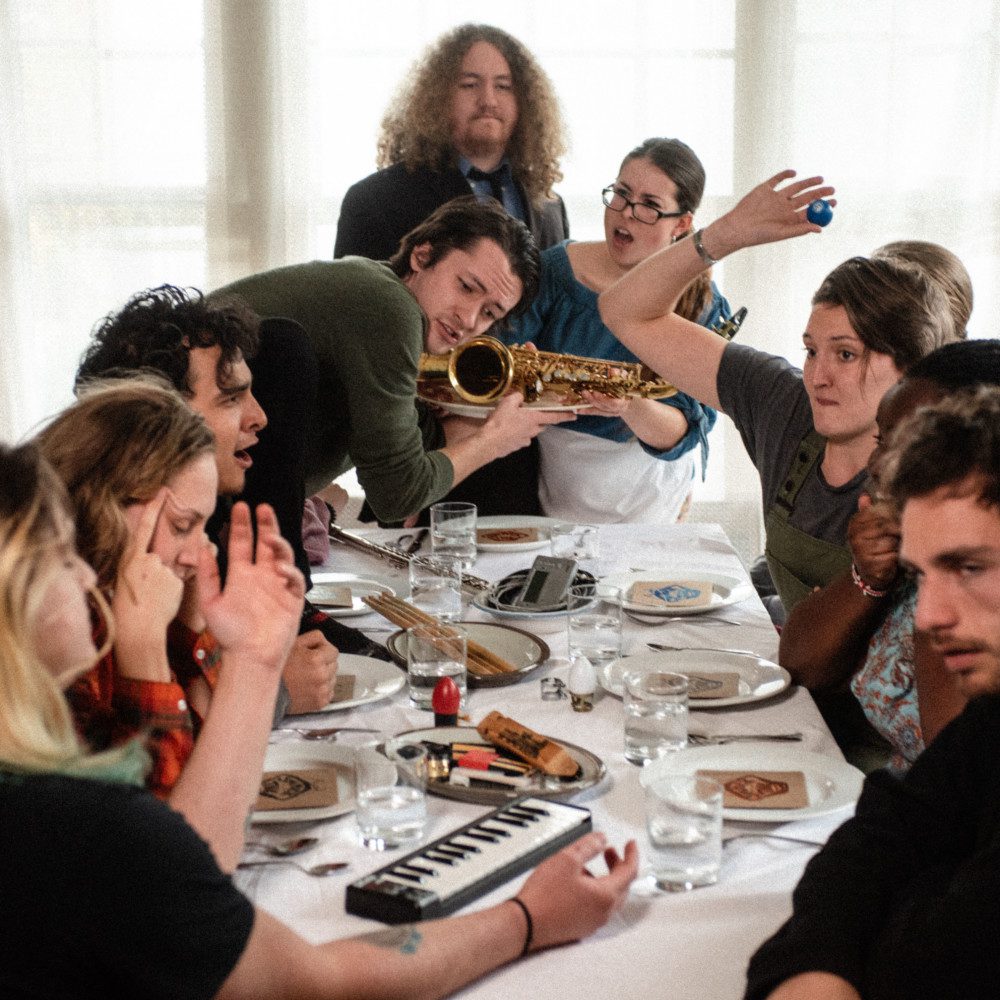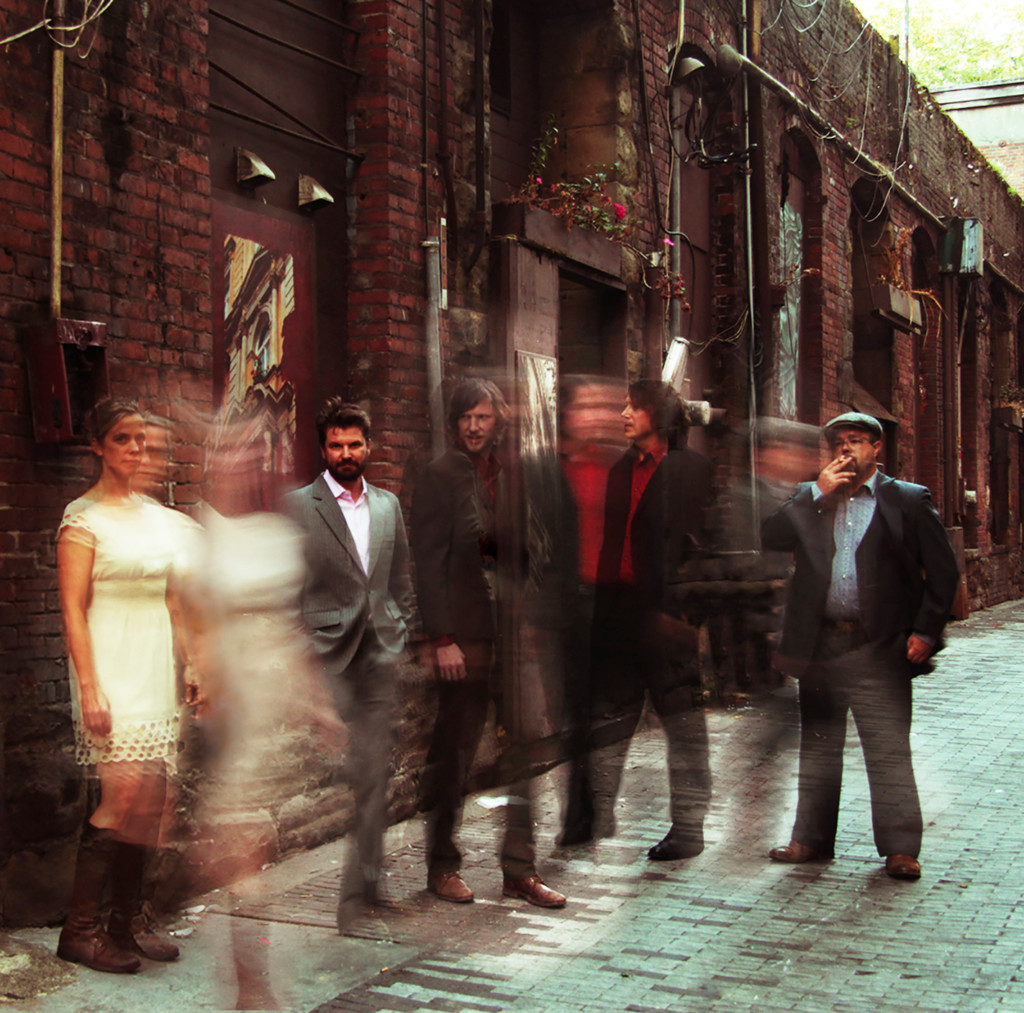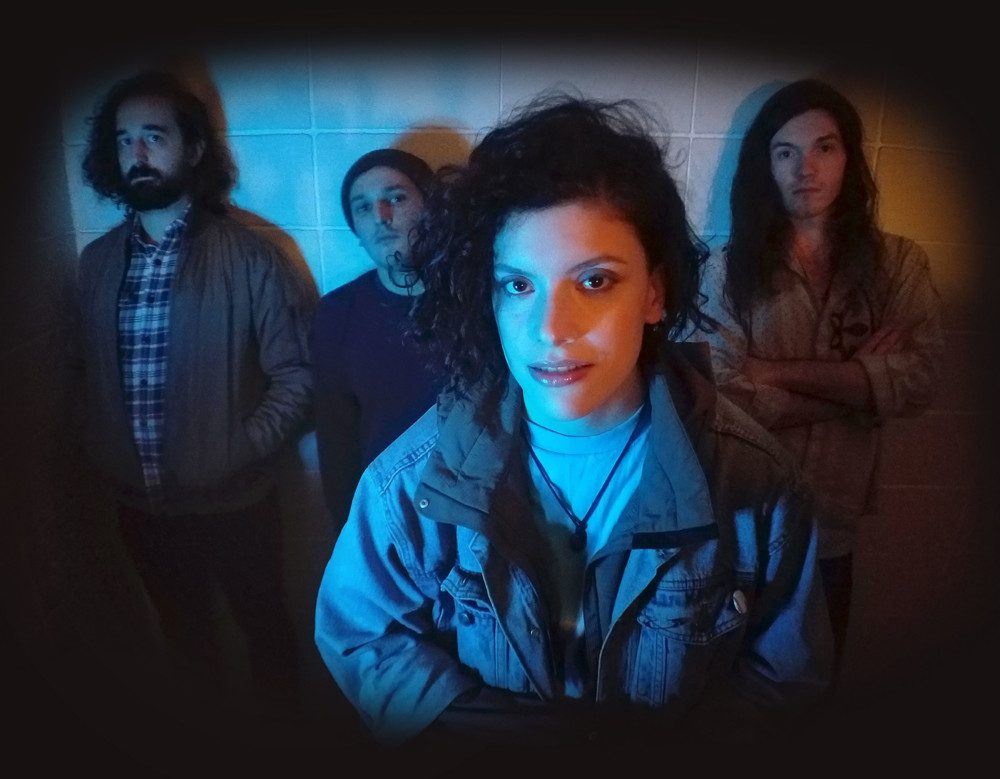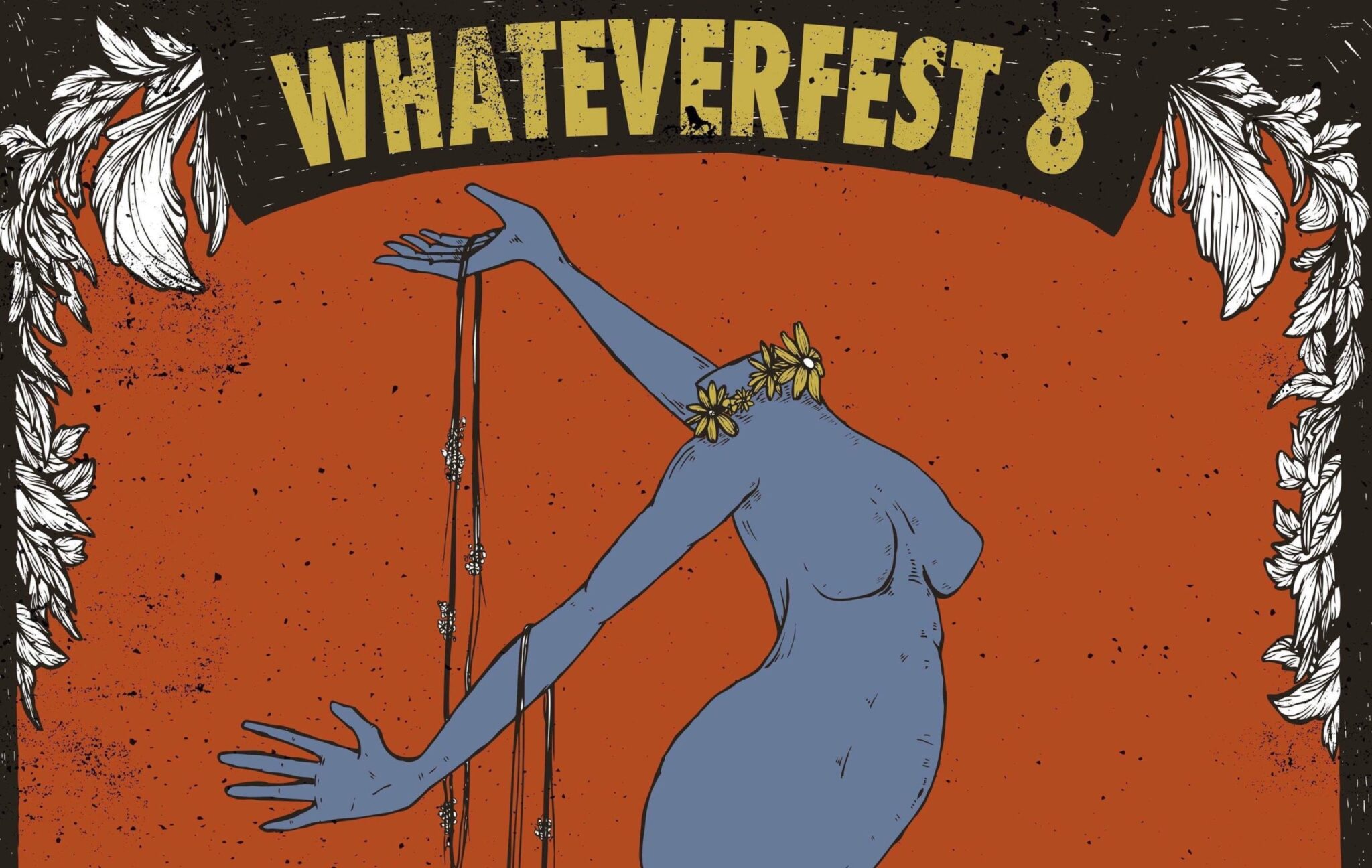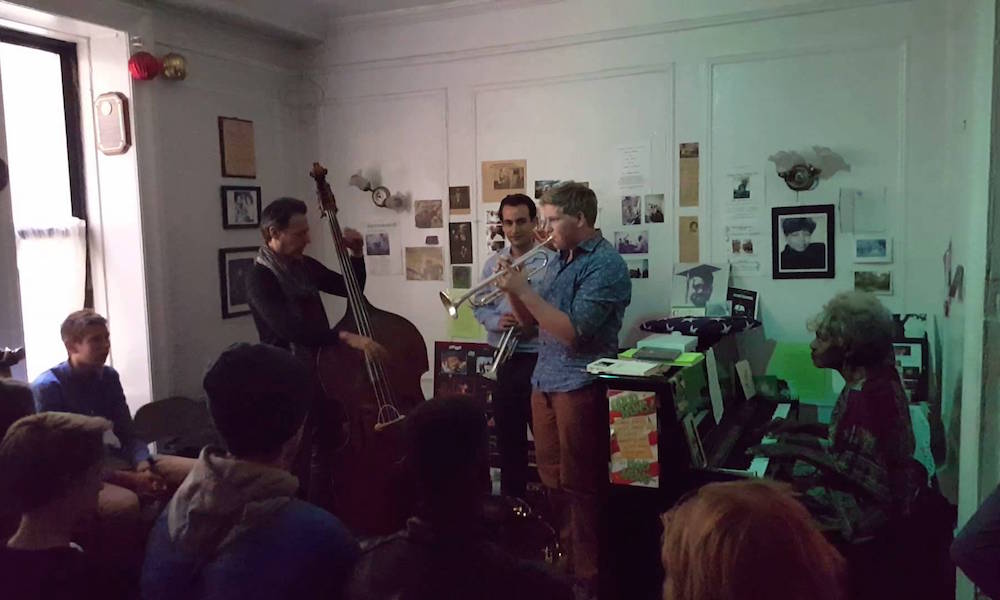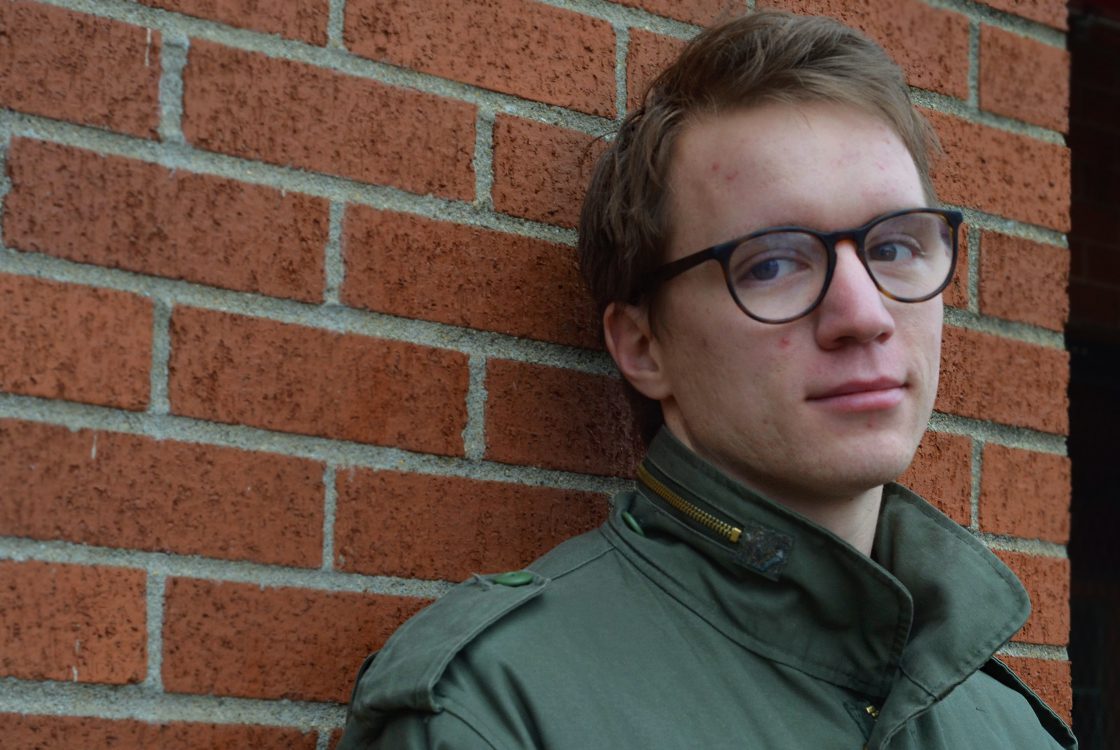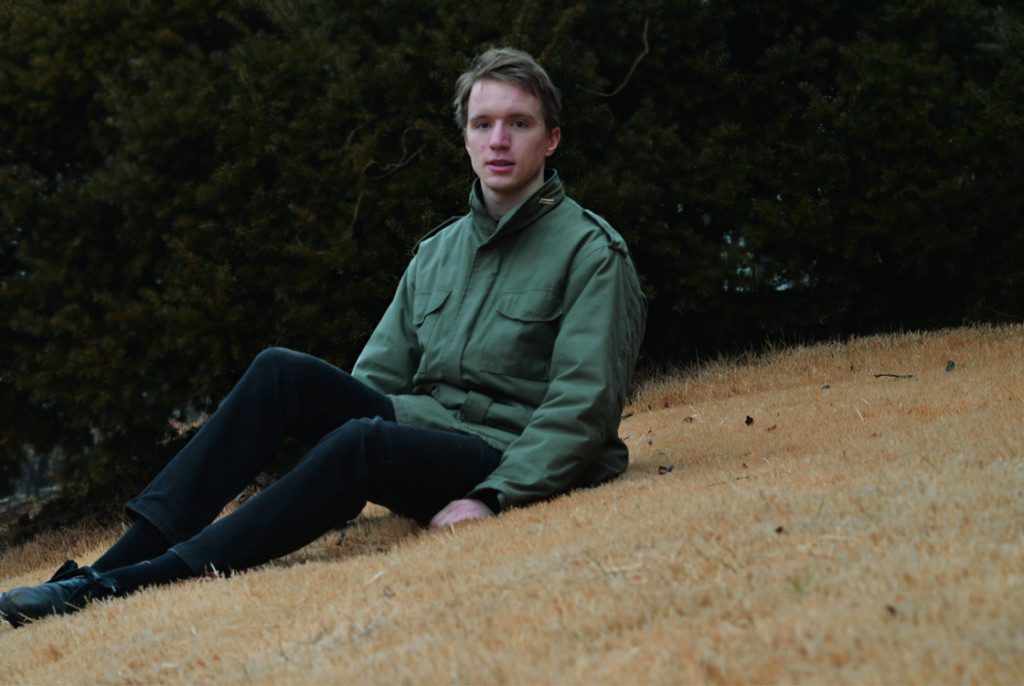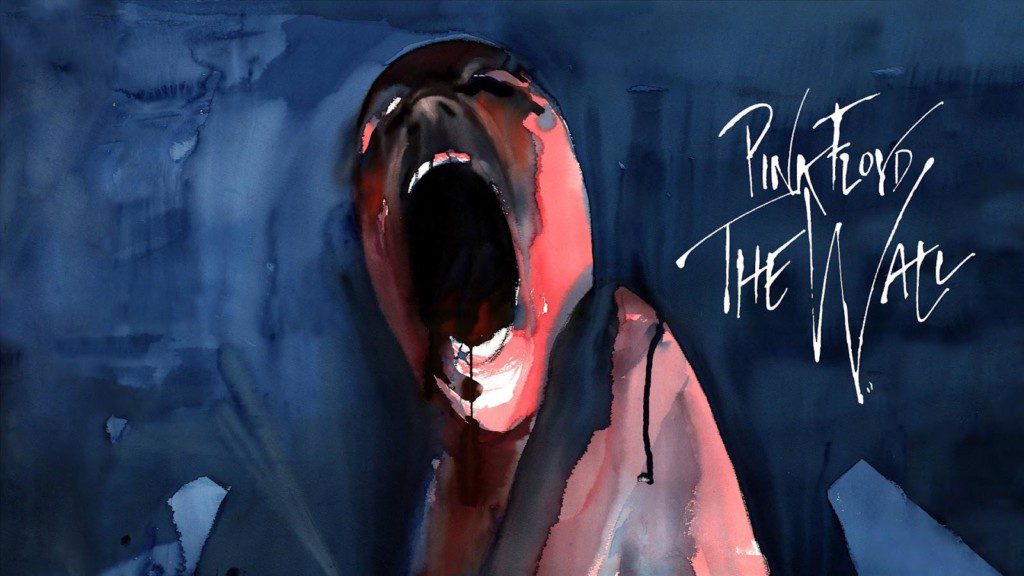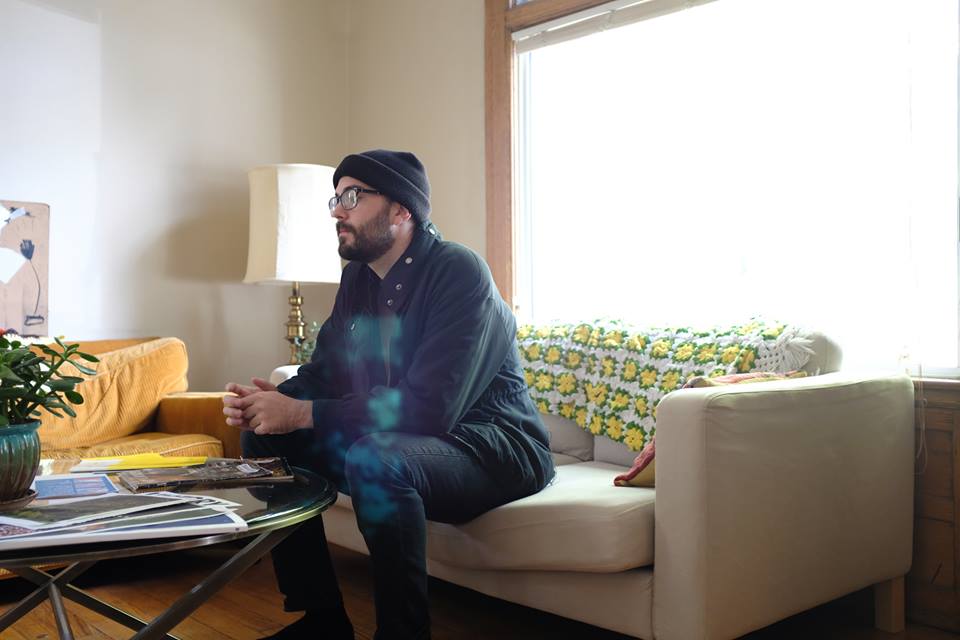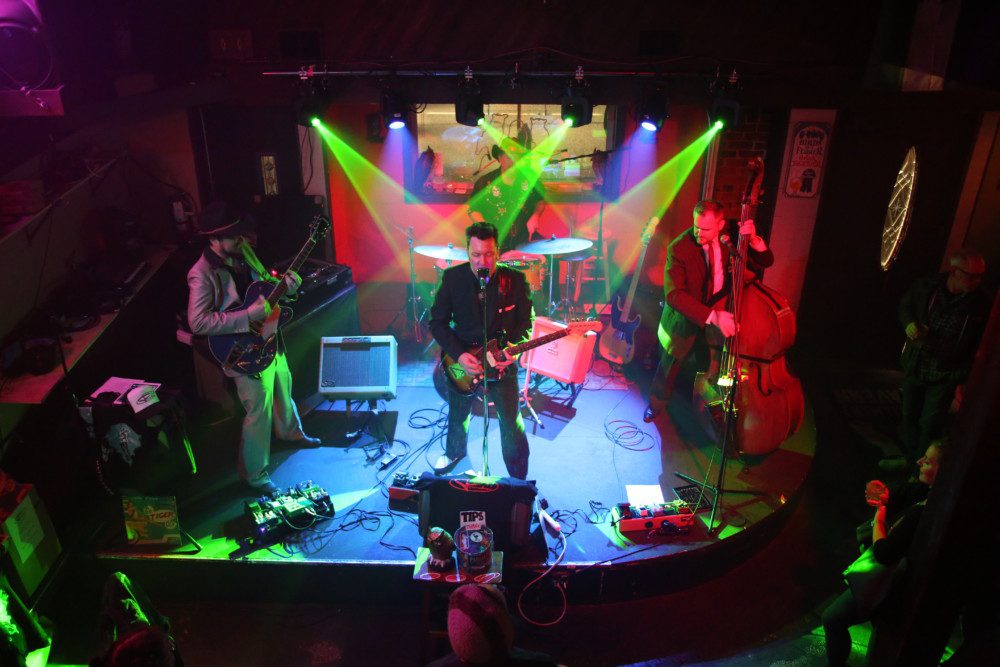
Along with rock, punk, jazz and a vibrant hip hop scene, Seattle has musicians who thrive in the in-between – who have a knack for suspending themselves between styles and bring in multiple influences, highlighting Seattle’s quirkiness and creativity. The Pornadoes, “The World’s Only Swingasurfajazzabilly Band,” are a perfect example of that ethos. Their cinematic music is an ingenious melting pot; think surf music legend Duane Eddy meets country legend Chet Atkins meets “Greased Lightning.”
The Pornadoes mesh the swelling excitement of ’60s early rock and surf guitar, country and rockabilly-style vocals, with the harmonic and rhythmic complexities of swing and jazz music. It’s all accented with clever, humorous lyrics (see: “Waiting on a Spring Divorce”) delivered with the sort of emphatic twang of early 1950’s rock n’ roll, underscoring both nostalgia and timeless relevance of their sound.
The local four-piece recently dropped their fourth release since 2011, Go Tiger, GO!, which they recorded at Seattle’s legendary Seattle London Bridge Studios. Lead vocalist Jasper McCann and lead guitarist Jason “Mr. Goessl” Goessl sat down with Audiofemme to talk about recording the new album, Seattle’s ties to surf guitar, their ties to each other, and the origins of their sexy sound.
AF: Hi guys! To start off, tell me what forces brought The Pornadoes together?
JG: I formed The Pornadoes in 2011 as a guitar-driven instrumental surfabilly trio. The name “Pornadoes” came from an episode of Bones. My partner at the time suggested that would be a great name for a surfabilly band. So, I called my fellow Midwest transplants Tom Zgonc (drums) and Ethan Sobotta (bass) to form the band. Ethan and I met at Shell Lake Jazz camp in Northern Wisconsin in the early ’90s. We went to University of Wisconsin Eau Claire together for a few years in the mid ’90s. We lost track of each other for about a decade and met up again at a show at the Tractor in Ballard that we were double billed at. At the time he was playing with Wages of Sin and I was in Sunday Evening Whiskey Club. Tom Zgonc grew up in Minnesota and also went to school at UWEC. However, he was there a couple years before Ethan and I and didn’t meet him until we were in Seattle. We figured it must have been fate that brought three UWEC music kids together in the PNW so we had to start a band. Also these cats can read my mind musically so we never really had to rehearse to much. Our first shows were pop-up BBQs for Jack’s BBQ before he had his restaurant. I wrote the tunes and scratched out the basic chord structure and they made the magic happen! We self-released Now Serving in 2012. We got our first dozen shows because of the name alone.
JM: I joined in early 2015. The Pornadoes did a gig for one of my burlesque shows that went on the road to Walla Walla in summer of 2014. We started rapping about jazz and music in general and we became friends. I started to sit in with the fellas on some gigs and sing standards, and then Goose and I had a fair amount of beers at the Sloop Tavern one fateful night and he asked me to join the band and be the frontman. The rest is… history?
AF: I’ve learned there is a legacy of some cool surf-rock/guitar music in Seattle—does that legacy inspire or guide your music?
JG: Nokie Edwards from the Ventures has always been one of my favorite guitarists. Though he was born in Oklahoma he grew up in Puyallup. The Pornadoes’ second instrumental album was recorded at Jack Straw for Sonarchy Radio, which aired on KEXP at Midnight on Sundays. I was heavily inspired by Ventures In Space. So I called the album In Space. Much like the Ventures, we recorded this album with live in-studio sound effects happening in real time. I had my good friend and audio guru Robb Davidson (Nel’s Motel studios) bring in samples and do real time audio sampling of the trio. We recorded this album from front to end with no breaks or stops and only one take, staying true to the In Space vibe.
JM: Apparently Walk Don’t Run was recorded in West Seattle, right down from Parliament Tavern. The first surf record I ever got was Surfing by The Ventures. Wailers and The Sonics are inspirations too.
AF: What was your first exposure to this sort of guitar sound, Jason? Is this where you started?
JG: I started playing guitar when I was nine because I wanted to be Slash from Guns N’ Roses. After going to a jazz camp when I was twelve I fell head over heels down the jazz rabbit hole. High school was a blur of Miles, Parker, and Coltrane. My first year in college a friend introduced me to Marc Ribot and suggested I get some effects pedals. His punk approach to jazz launched me out of my “jazz box” and into a whole new universe of sound. I got my first guitar with a bigsby and started to find my own sound in “jazz” by interjecting surf and country riffs with bends and swells into jazz standards. I have a group that plays out once in a while called Surf Monk—we play arrangements of [jazz pianist] Thelonious Monk over surf mash-ups.
AF: Tell me about this new album, Go Tiger, GO! Where did you record it? Is there a theme that pushes it forward?
JM: We recorded Go Tiger, GO! in two days in late January of 2019, at London Bridge Studios… you know, where Pearl Jam, Soundgarden, Alice In Chains, and many others recorded. That was a trip. Jonathan Plum, one of the owners, engineered it. We had a killer time in the studio – the experience was really positive and some sounds came out of the session that we didn’t expect. It was a real honor to work with Jonathan. As to theme, if anything, our “theme” is variety. On both the albums I’ve been involved with, we shift styles a lot. The overall timbre of the songs remains pretty consistent throughout the record.
JG: I like to make albums that play out like a film. Go Tiger, GO! is a fun thematic listen, twisting and turning through surf, country, rockabilly, blues, and a little punk. I wanted to keep the raw energy of a live show so we tracked the whole album in one day. Most songs were two takes. On day two we added back-up vocals and mixed. The overall theme to me is life. Each song is inspired by a personal experience or a relatable adventure by a good friend. There are lots of ups and downs and twists and turns.
AF: This is rockabilly music, but how do you believe it transcends and innovates the rockabilly sound?
JM: Rockabilly music, historically, is pretty simple from a musical and lyrical standpoint, with lots of 1-4-5 blues or 1-5-1 country licks and a fair amount of lyrical repetition, and the content of the lyrics tends to be fairly simple thematically. Our sound is “thicker” than traditional rockabilly, more heavy rock n ‘ roll solos and distortion, more chordal and rhythmic diversity that stems from everyone’s background in jazz. The lyrics that I write are also fairly complex (by rockabilly standards), mostly with a narrative approach. Also, when Goose asked me to join, he said he specifically wanted to create music that rockabilly ladies would listen to. So, knowing that old-timey rockabilly (as well as a lot of psychobilly) has themes that we don’t dig (specifically physical and/or sexual violence toward women, demeaning language, the reinforcement of hyper-traditional gender roles, etc.), I/we have written songs that eschew these themes. We choose instead to write about strong female characters. Or going to Mars. Or meeting strong female characters on Mars.
JG: Yep, what Jasper said!
AF: Most people assume that upbeat, surfy music comes out of a sunny place, but this is Seattle-born. What about Seattle finds its way into The Pornadoes sound?
JM: I think our sound is Seattle Surf. The popular California surf archetype, especially the vocal groups (Beach Boys, Jan & Dean, etc.) was pretty cheery. But the way we approach the “surf” style is darker and heavier. There have been a few times where Goose and I looked at each other and say “Joey (Santiago, lead guitarist of Pixies) would like this lick.” I was heavily influenced by the grunge scene and the DC post-punk scene, both of which are melodically beautiful while still being angular and heavy. I think the great surf bands of today that are pushing the genre all have an aspect of punk, or grunge, and a more brooding aesthetic, which is ultimately in line with bands like The Lively Ones or The Ventures.
JG: Seattle is a melting pot of musical styles and a very bustling city! The crazy traffic and the feeling of having to constantly be going and doing inspires my writing and playing to have more notes and harmony.
AF: Obviously, it’s more than surf rock – there are definitive strains of country, too. Do you guys have country music influences that you like to bring out?
JM: Apropos of nothing, I am distantly related to Carl Perkins. When I was a kid, country music was pretty much everywhere back home (Kansas City), but it was actually good, like Willie and Waylon and Dolly and Crystal there was the whole C.W. McCall thing, not all of this formulaic crossover stuff that’s happening now. I grew up watching Hee Haw with my Grandad, so I was hearing Johnny Cash and that sort of stuff from a pretty young age – let’s say I knew who Buck Owens was before I ever heard a Zeppelin song. The themes aren’t too foreign.
Ask Goose about the pickin’ and grinnin’ part.
JG: I love country music. Chet Atkins is one of my favorite guitarists. Danny Gatton is huge influences well as George Barnes. Lenny Breau is where I copied my thumb picking technique from. I use a plethora of Junior Barnard riffs made my own in the Pornadoes as well!
AF: Again, people wouldn’t consider Seattle to be a place for country/rockabilly. What’s the scene like for this specific sound?
JM: I think there’s a fair amount of it around, but the places in town where you can hear it live are limited.
JG: The country scene in Seattle seems to be pretty strong, especially in Ballard, and there is definitely a scene at the Little Red Hen. Over the last decade I’ve had the honor to play hundreds of country shows with great country acts in Seattle including Jessica Lynn, Knut Bell, Caleb Bue, Caitlin Sherman, Country Dave Harmonson, and the The Whiskey Club. As well an annual Patsy Cline tribute that Debra Heesch produces. Currently I play with Birch Pereira and The Gin Joints which blends old school rockabilly, country, and jazz. The Gin Joints have no lack of work in Seattle.
AF: On that note, are there other bands like you out there (Seattle and beyond) that you feel like you’re in conversation with?
JM: I don’t want to say that what we’re doing is unique, but I don’t really know any other band that’s doing what we’re doing. Maybe it’s because our approach to rockabilly/surf has so much jazz influence in it. We’re not metal enough to be psychobilly, too heavy in some cases to be traditional rockabilly, and too jazzy to be surf or country. I don’t know who else is doing what we’re doing. I mean, if Reverend Horton Heat wants to give us a call, that’d be pretty hep.
JG: No, not yet. hopefully we can meet more bands along the way.
AF: What’s your personal favorite song on this album? What’s the story behind it?
JM: “Robbin’ Hood” for sure. I ran into the sister of a dear friend of mine a year or so ago, she was working at a restaurant where I had stopped for a drink. She was wearing a green dress but no leggings (it was summer) and was clearly in command of the attention of everyone at the bar. So her attire led me to one of my favorite films, Errol Flynn’s Adventures Of Robin Hood, and the two ideas collided and the song idea appeared, where I imagined her to be not a thief of money, but a thief of hearts. There are lots of fun references in the song to the Robin Hood legend. If you want to read the lyrics you can, right here.
JG: “Waiting For a Spring Divorce” is my favorite song. Our drummer Tom’s western swing feel melts my heart and our bassist Ethan’s slap upright keeps it beating. Jasper’s lyrics, inspired by his dear friends’ trials and tribulations, get me every time.
AF: Tell me about the band’s songwriting process… who writes what?
JM: I write the lyrics and do most of the songwriting, now. Before I joined, Goose was the sole composer. On our previous album, Launchpad Omega, he and I did a fair amount of back and forth; I would come to him with a lyrical idea or he would come to me with a musical idea and we would bounce ideas and work toward a common goal, with him being the musical lead on a majority of the charts. I ended up doing the majority of the generative work on Go Tiger, GO!, and when I got a chart to a place where I thought it was ready we’d get together and he’d add his ideas. Then we work like a jazz ensemble; Ethan plays from chord charts and he and Tommy arrange their own parts, and we all craft the final work in rehearsal.
JG: I’m not much of a wordsmith. I also have never been inspired to sing and most of the music that moves me is instrumental. I feel like most of my songs write themselves. It generally happens in the morning – I’ll wake up and I’ll feel this odd feeling that a song is about to burst out of me. I pick up my guitar and in about two hours the song is done. It’s uncontrollable. I make a chord sheet and an iPhone recording and send it to the guys to come up with their parts.
AF: Are you touring with this album?
JM: Not as yet. Everyone in the band has a fair amount of commitments; Goose and his wife are touring musicians and I am a burlesque theater producer, so carving out time is not as easy as it would be if we were in our twenties.
JG: Yep, not yet. My tour schedule this year with my duo Sundae + Mr. Goessl and The Gin Joints has me booked up this year. The Pornadoes have a few shows booked this year that I will fly back from tour for and do when I’m in Seattle. We will be releasing a video and working to book festivals and some shows in 2020.
AF: What’s the future hold for the band?
JM: As we get more traction, we hope to do more opening slots for bigger acts (too bad Wanda Jackson just retired – that was a dream of mine). We’re also looking to play the large rockabilly festivals like Viva Las Vegas and Nashville Boogie, as well as hit the circuits in Europe and Japan where rockabilly is big. I’ve already got enough new material in the works for half an album… I don’t know why we wouldn’t keep recording. We have too much fun together. Big Dream: one of our songs makes it on to a Tarantino soundtrack. Why not?



